Shin-Yokohama Raumen Museum: Japan's Best Ramen In One Place!

Shin-Yokohama Raumen Museum is a must-go for ramen lovers in Japan. This food theme park is home to popular ramen shops from all over Japan, including Hokkaido and Fukuoka. This guide includes recommended spots, things to do, and how to get to the museum.
Shin-Yokohama Raumen Museum - A Paradise for Ramen Lovers

For ramen enthusiasts who have eating an authentic bowl in Japan on their to-do list, a visit to the Shin-Yokohama Raumen Museum is a must.
Called "Ra-Haku" (short for Ramen Hakubutsukan) in Japanese, this museum is like a food theme park, with a collection of famous ramen shops from all over Japan. Here, you can taste some of the most popular noodles nationwide, from Hokkaido to Kyushu. In this article, we feature popular ramen shops in the museum, along with other things to do.
Two Recommended Ramen Shops
The first floor of the museum contains a gallery and museum shop. The first and second basement floors have eight ramen shops (as of July 2019) where you can enter and order food. Listed below are two popular and recommended ramen shops.
If you wish to taste ramen from different shops, we recommend ordering the mini-ramen size. The mini-ramen is a slightly smaller portion and is a little more than half the standard size. It's perfect for those who wish to try more than one type of ramen or for people with a smaller appetite.
At Shin-Yokohama Raumen Museum, all shops have the mini-ramen size available to order.
Some shops at Shin-Yokohama Raumen Museum offer vegetarian and vegan options and/or non-pork ramen. See the official website for the latest details.
1. Hacchan Ramen (Fukuoka City, Fukuoka)

The first shop is Hacchan Ramen from Fukuoka Prefecture, famous for tonkotsu (pork bone broth) ramen.
Started in 1968 in Fukuoka, the main restaurant operates exclusively at night, between 21:00 and 2:30 since its opening. With no website, Hacchan is known only by the most dedicated ramen fans.
The staff of Shin-Yokohama Raumen Museum negotiated for around 25 years for Hacchan to take a spot. The shop owner refused many times before accepting the offer and adding their location in March 2019. With increasing visitors to Japan and the Tokyo Olympics coming, Hacchan decided to take on the challenge and expand into Yokohama.
Try Hacchan's Rich Tonkotsu Soup

Mini Ramen (570 yen with tax)
Hacchan's ramen has a rich tonkotsu broth made with a generous amount of pork bones. The soup is boiled on high heat in a specialized pot and cooked until the bones melt. The resulting flavor is full without a strong pork smell.
To emphasize the soup's deep flavors, the ramen is topped simply with scallions and char-siu. The richness is apparent from the first sip, so if you plan on trying several bowls of ramen, start with an empty stomach.

On the table, you will find red pickled ginger, garlic, and soy sauce to add to your ramen. The ginger provides a lighter but delicious taste. Try adding different seasonings to enjoy a new flavor as you enjoy your bowl.
Hacchan Ramen: http://www.raumen.co.jp/shop/hacchanramen.html (Japanese)
2. Rishiri Ramen Miraku (Hokkaido Rishiri Island)
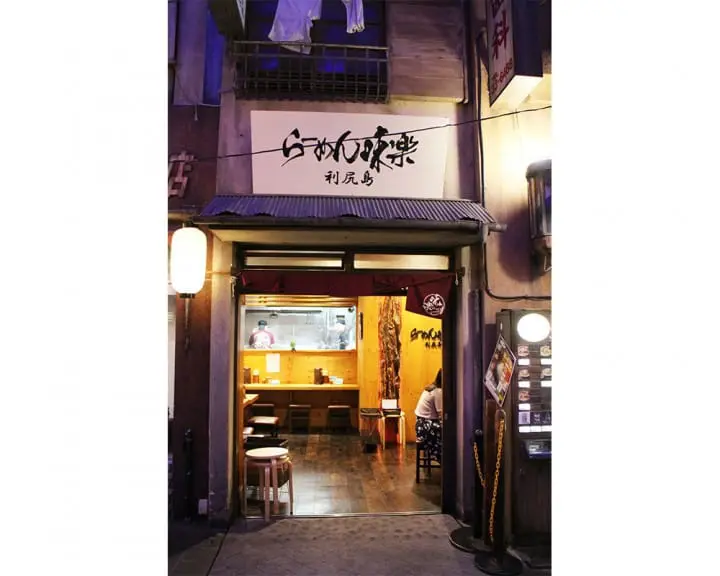
A second recommendation is Rishiri Ramen Miraku, a restaurant from Hokkaido. From Yokohama, it is approximately an eight-hour journey to the main shop on Rishiri Island in Hokkaido, requiring a plane and ferry ride to get to.
The main restaurant location normally operates for only two and a half hours, but this extremely rare ramen can be enjoyed at the museum.
Delicious Broth Made from Rishiri Kelp

Mini toasted soy sauce ramen (570 yen with tax)
The staple dish is the toasted soy sauce ramen. Many visitors come to Shin-Yokohama Raumen Museum just to sample this.
The secret behind its popularity is the Rishiri kelp dashi (broth) used in the soup. The exquisite broth made from Rishiri kelp has a slight saltiness, used at high-end restaurants in Kyoto and Osaka. The Rishiri kelp broth mixes with pork, chicken, or toasted soy sauce soup broth to create a delicious harmony of flavors.
The dark-colored soup has a smooth yet rich flavor without any heaviness. It complements the firm noodles well, creating a delicious dish.

We recommend topping it with tororo kelp (additional 100 yen). The tororo is another form of Rishiri kelp, and adds a refreshing extra layer of flavor to the rich soup.
Rishiri Ramen Miraku: http://www.raumen.co.jp/shop/rishiri.html
Slip Back in Time to the Showa Era
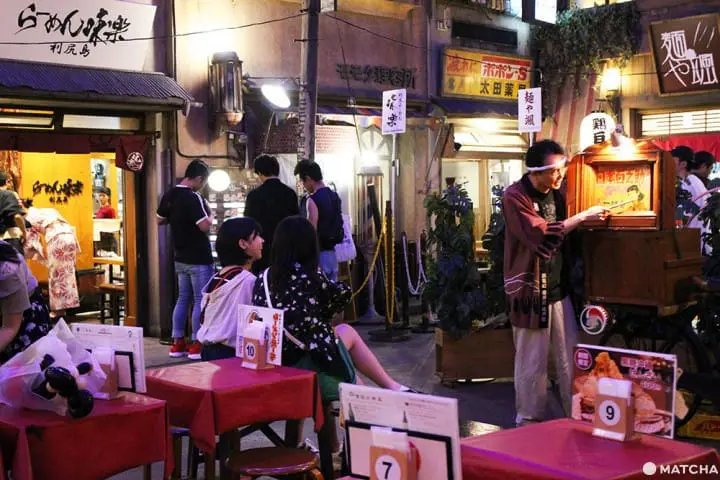
Most people come to enjoy delicious ramen at the Shin-Yokohama Raumen Museum, but there areas where you can enjoy different activities. The interior of the museum is in a classic Japanese Showa-style, revealing what Japan used to look like in the mid-twentieth century. There is also a dagashi candy shop and a street performance area where magic shows and Japanese story-telling are held.
It is a great place to walk around while waiting for vacancies at ramen shops or even after your meal.
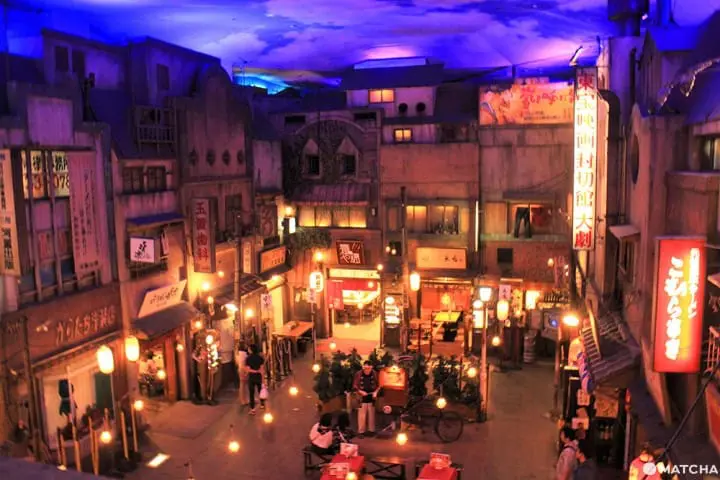
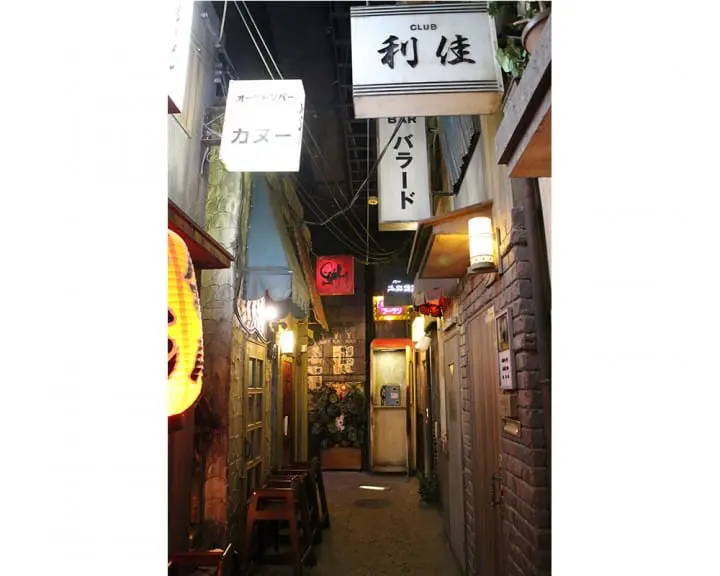
The inside of the museum is designed like the streets of Japan in 1958 during sundown. 1958 is the year when the world's first instant ramen was invented.
The subdued, dark ceiling colors, and decorations give a relaxing evening feeling to the museum. There are also movie theaters, allies, and public baths that will make you think you've slipped back in time as you walk around.
The posters and signs inside are carefully made to match the atmosphere and are great for taking and sharing photos with friends.
Retro Dagashi Snacks at Yuuyake Shoten!

A must-visit is Yuyake Shoten, a shop selling cheap retro, Japanese-style candy and snacks known as dagashi.
You can find classic Japanese snacks such as Baby Star Ramen (pictured above, to the right) and squid snacks in the shape of paper money. Prices start from as low as 10 yen, making it's easy to pick up a few items to try.
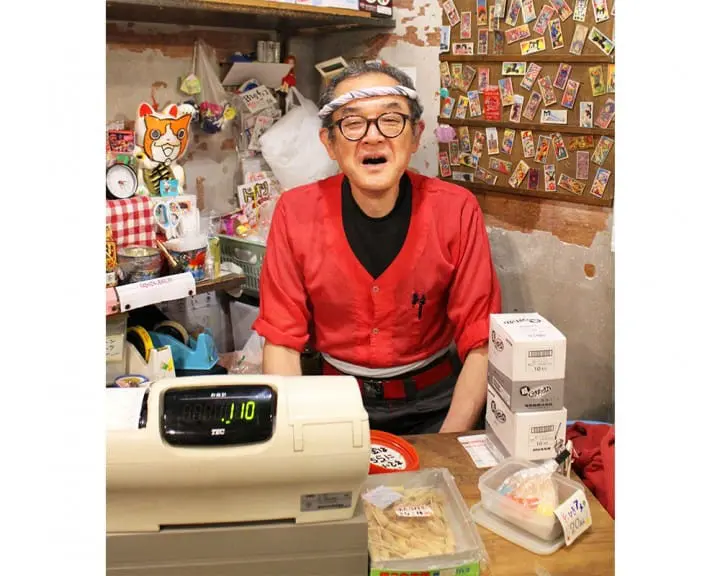
If you're lucky, you may be able to meet the joyful store manager. He may joke with you, saying things like, "here is your 100,000 yen change," while giving you a 100 yen coin.
He sometimes even jokes in English so non-Japanese speakers can enjoy the humor. Be sure to stop by during your visit to the museum.
Yuyake Shoten: http://www.raumen.co.jp/floor/dagashi.html (Japanese)
Access to Shin-Yokohama Raumen Museum
The video above shows how to get to the museum from the closest station, Shin Yokohama Station. Use the Yokohama Subway Line for convenience; it is a minute walk from exit number eight.
1-Day Admission Price: Adults (middle school age and above) 310 yen; children (elementary school students) 100 yen; seniors (age 60 and above) 100 yen.
In cooperation with Shin-Yokohama Raumen Museum
1994年生まれの横浜市在住。クーポンサイト運営兼ライター。日本酒とひとり旅、割引が大好き。 ひとりでもお得に楽しめる日本の魅力をもとめて日々探索中。








































![[2026] Top 5 Strawberry Picking Spots in Tokushima, Naruto| Farms and Access Guide for January to May](https://resources.matcha-jp.com/resize/720x2000/2025/03/06-227165.webp)
![[Yamanashi/ Hokuto City] 4 Hot New Spots Opening in 2026](https://resources.matcha-jp.com/resize/720x2000/2025/12/12-252747.webp)


